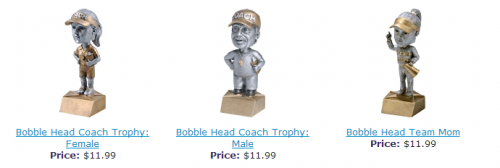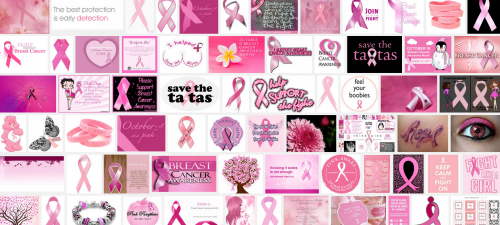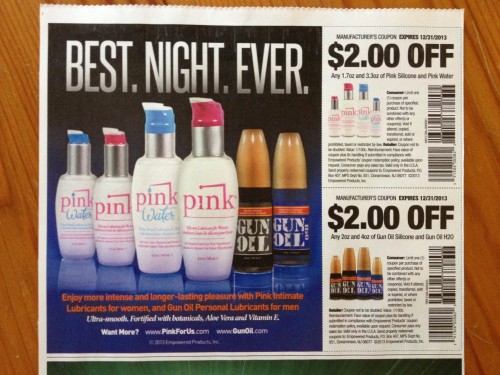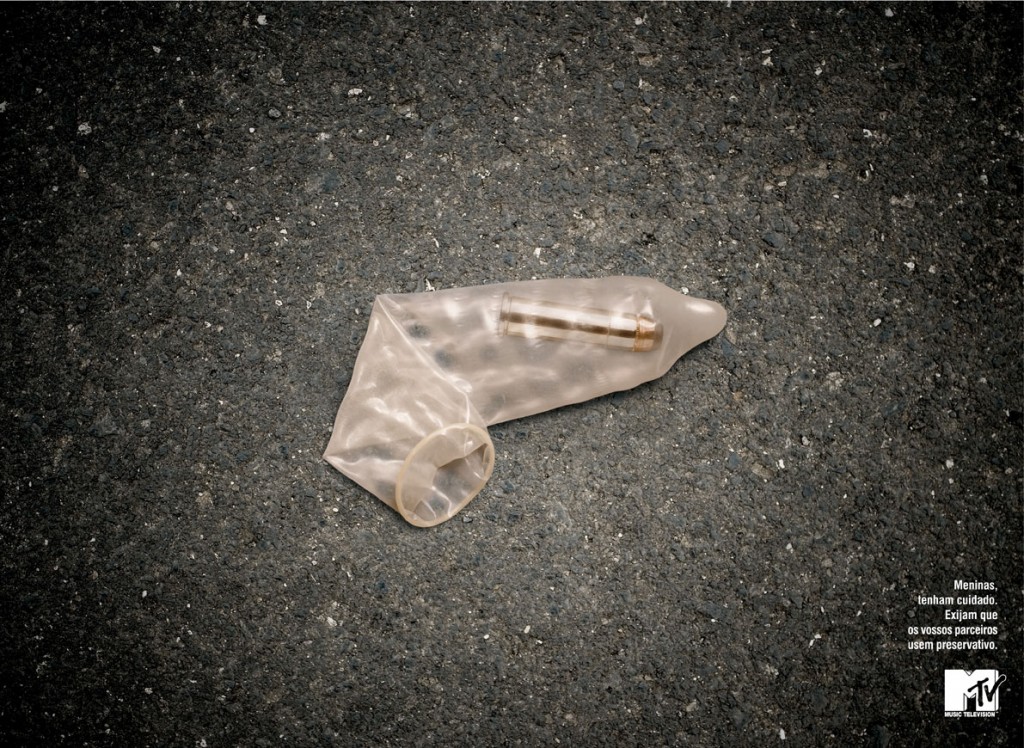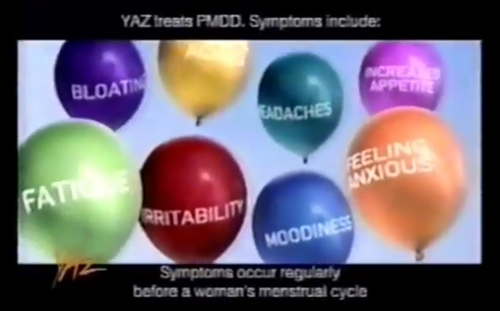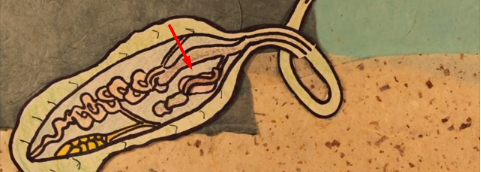Ann K. noticed something funny about the products sold at Novelty Trophies. The ones available for the adults involved were split into two categories: Coach and Team Mom.
To be fair, they had a female coach option, but there was nothing for Team Dads. This is consistent with the norm in society that women are allowed to be masculine (be knowledgeable about sports), but men are not allowed to be feminine (caretake a team). Notice also the artificial gender dimorphism: her tiny body compared to his.
Just another everyday, mundane, rather boring example of the constant reminders of who men and women are supposed to be.
Lisa Wade, PhD is an Associate Professor at Tulane University. She is the author of American Hookup, a book about college sexual culture; a textbook about gender; and a forthcoming introductory text: Terrible Magnificent Sociology. You can follow her on Twitter and Instagram.


